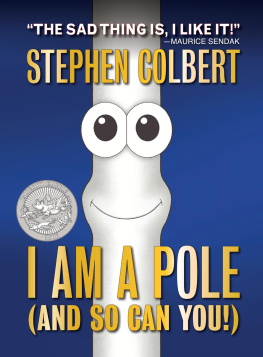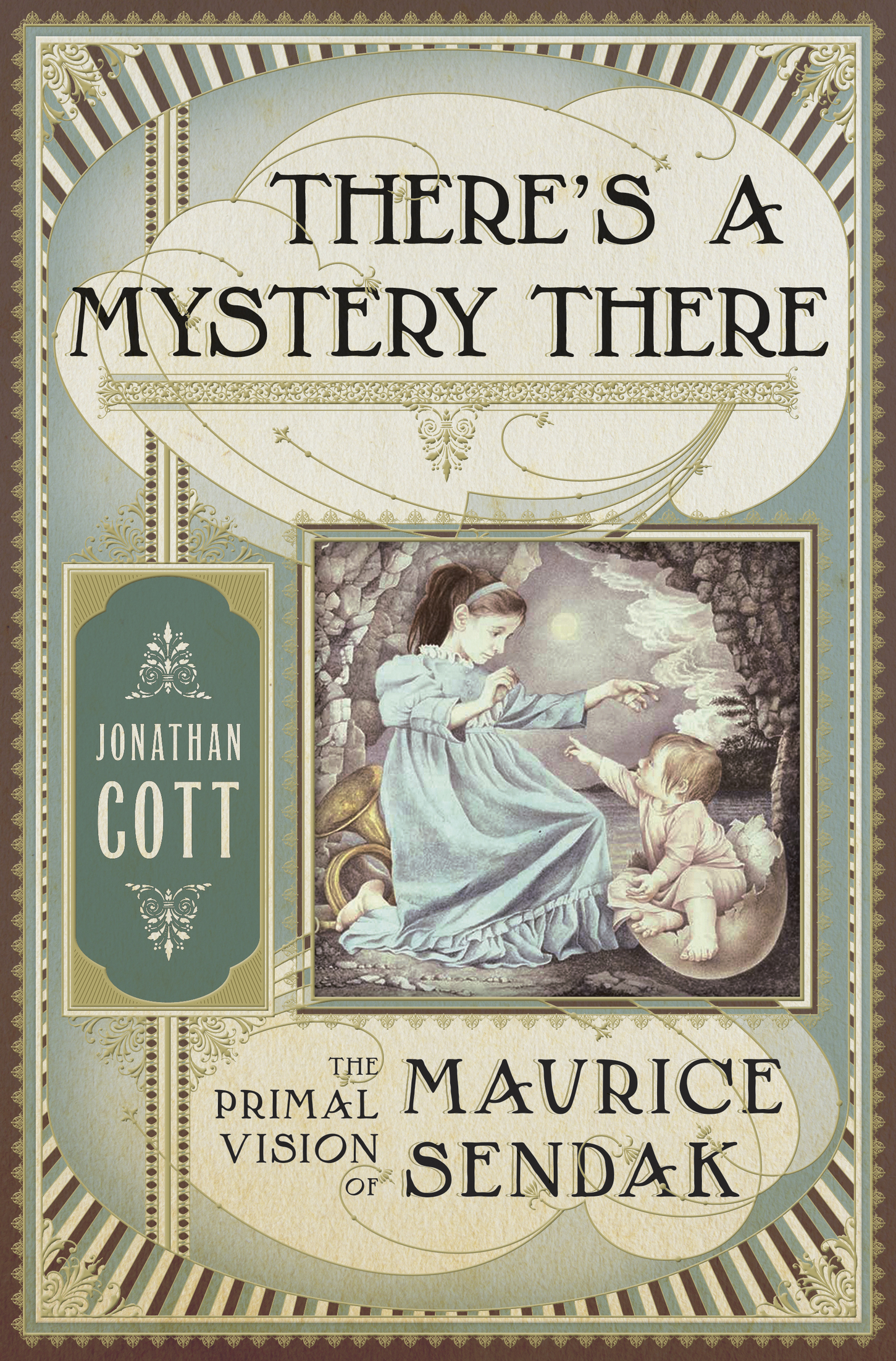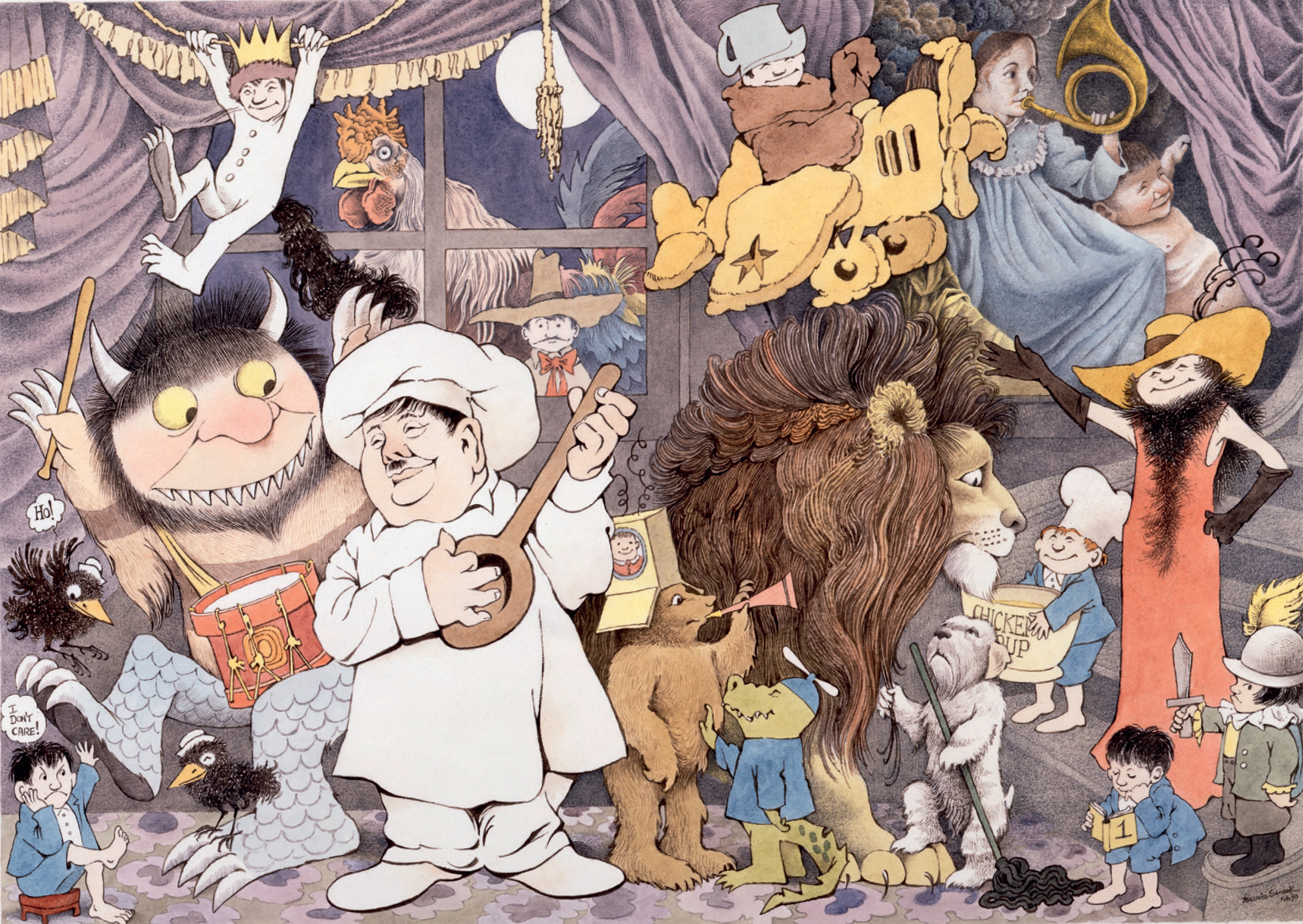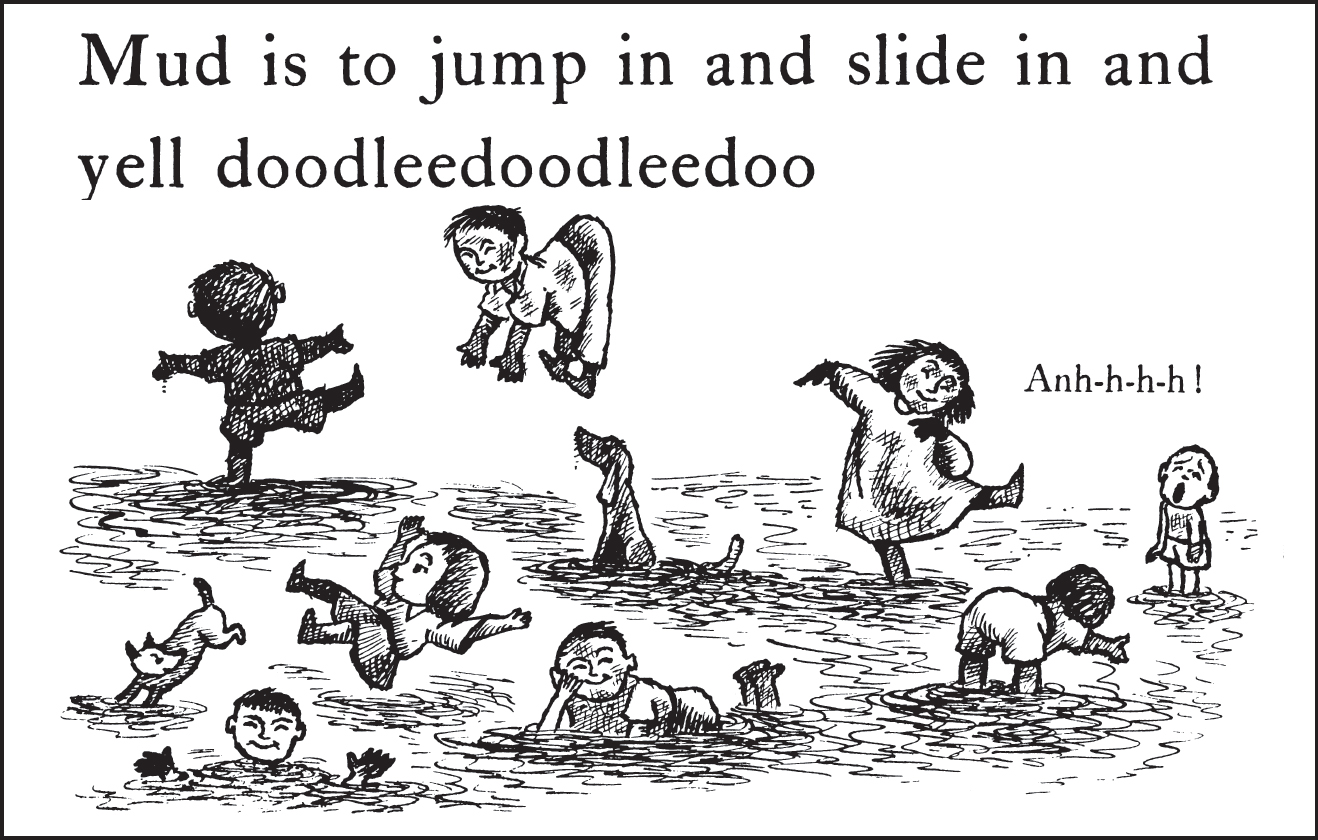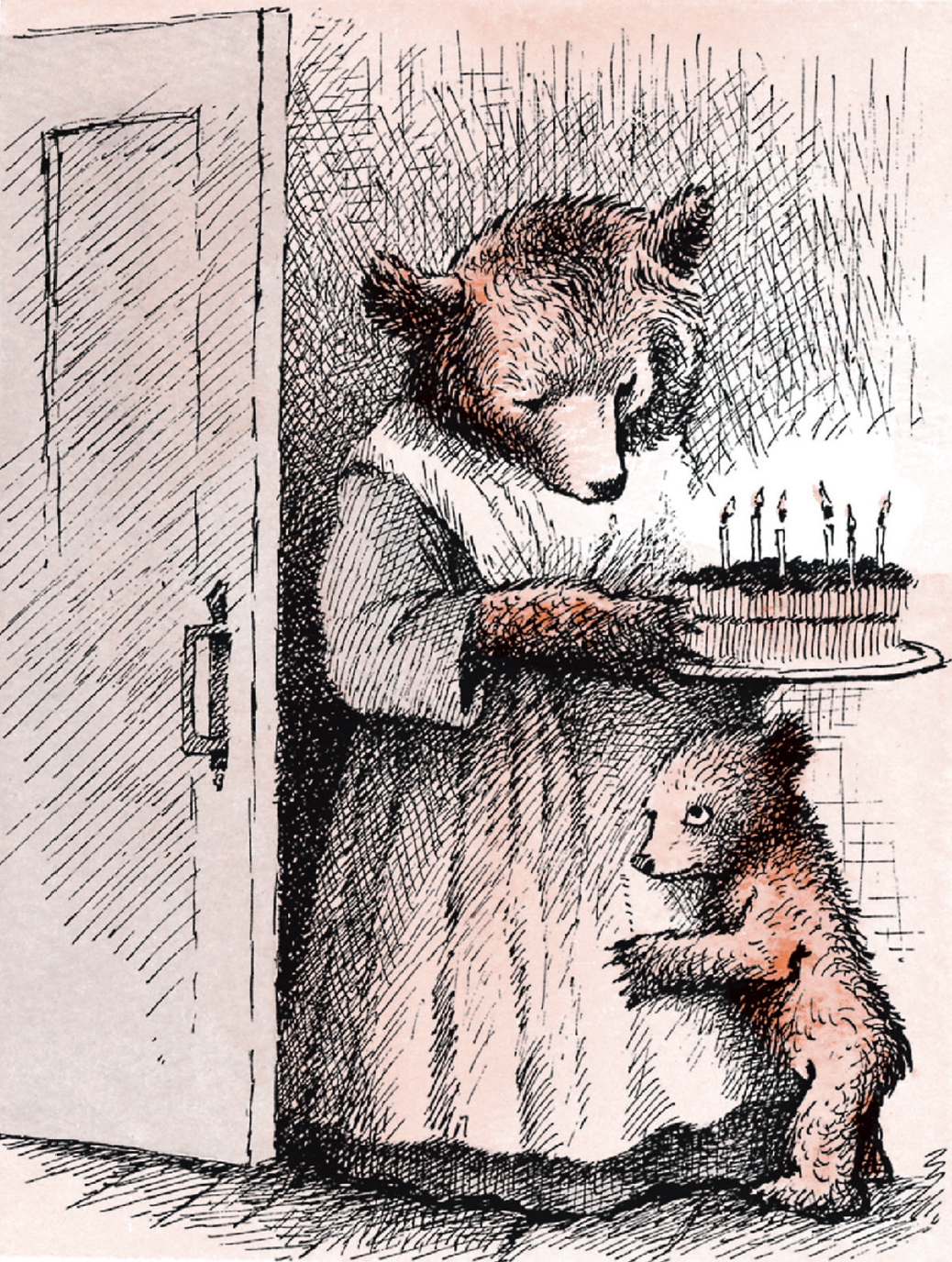Contents
Also by Jonathan Cott
Susan Sontag: The Complete Rolling Stone Interview
Days That Ill Remember: Spending Time with John Lennon and Yoko Ono
Dinner with Lenny: The Last Long Interview with Leonard Bernstein
On the Sea of Memory: A Journey from Forgetting to Remembering
Back to a Shadow in the Night: Music Writings and Interviews: 19682001
Homelands (Poems)
Thirteen: A Journey into the Number
Isis and Osiris
Wandering Ghost: The Odyssey of Lafcadio Hearn
Visions and Voices
The Search for Omm Sety
Conversations with Glenn Gould
Dylan
Pipers at the Gates of Dawn: The Wisdom of Childrens Literature
Forever Young
City of Earthly Love (Poems)
He Dreams What Is Going on Inside His Head: Ten Years of Writing
Stockhausen: Conversations with the Composer
Copyright 2017 by Jonathan Cott
All rights reserved. Published in the United States by Doubleday, a division of Penguin Random House LLC, New York, and distributed in Canada by Random House of Canada, a division of Penguin Random House Limited, Toronto.
www.doubleday.com
DOUBLEDAY and the portrayal of an anchor with a dolphin are registered trademarks of Penguin Random House LLC.
Cover image from Outside Over There. Used by permission of HarperCollins Publishers.
Cover design by Michael J. Windsor
Grateful acknowledgment is made to Coleman Barks for permission to reprint an excerpt of Quatrain 91 by Rumi, translated by Coleman Barks, from Open Secret (Threshold Books, 1986).
Library of Congress Cataloging-in-Publication Data
Names: Cott, Jonathan, author.
Title: Theres a mystery there : the primal vision of Maurice Sendak / Jonathan Cott.
Description: First edition. | New : Doubleday, [2017]
Identifiers: LCCN 2016050812 (print) | LCCN 2016055152 (ebook) | ISBN 9780385540438 (hardcover) | ISBN 9780385540445 (ebook)
Subjects: LCSH: Sendak, MauriceCriticism and interpretation. | ChildrenBooks and readingUnited StatesHistory20th century. | Childrens stories, AmericanHistory and criticism. | Childrens stories, AmericanIllustrations. | BISAC: LITERARY CRITICISM / American / General. | BIOGRAPHY & AUTOBIOGRAPHY / Literary. | LITERARY CRITICISM / General.
Classification: LCC PS3569.E6 Z65 2017 (print) | LCC PS3569.E6 (ebook) | DDC 813/.54dc23
LC record available at https://lccn.loc.gov/2016050812
Ebook ISBN9780385540445
v4.1
a
In memory of my brother, Jeremy Cott
We say far away; the Zulu people have a word for that which means There where someone cries out: O mother, I am lost.
MARTIN BUBER, I and Thou
Each childhood is a night light in the bedroom of memories.
GASTON BACHELARD, The Poetics of Reverie
Contents
Introduction
Genius, wrote the French poet Charles Baudelaire, is only childhood recalled at will, and few creative artists lives and works have given more credence to this notion than Maurice Sendak, who was, in the words of The New York Times, widely considered to be the most important childrens book artist of the twentieth century. Upon his death on May 8, 2012, at the age of eighty-three, The New Yorkers Adam Gopnik declared that his passing was a loss not only, or even primarily, to the world of childrens books, but to the larger American literature of the imagination.
I dont believe that, in a way, the kid I was grew up into me, Sendak confided to the writer Nat Hentoff in 1966. He still exists somewhere, in the most graphic, plastic, physical way. I have a tremendous concern for him and interest in him. I communicate with himor try toall the time, and one of my worst fears is losing contact with him. And I dont want this to sound coy or schizophrenic, he added, but at least once a day I feel I have to make contact. The pleasures I get as an adult are heightened by the fact that I experience them as a child at the same time. Like, when autumn comes, as an adult I welcome the departure of the heat, and simultaneously, as a child would, I start anticipating the snow and the first day it will be possible to use a sled. This dual apperception does break down occasionally, and that usually happens when my work is going badly. I get a sour feeling about books in general and my own in particular. The next stage is annoyance at my dependence on this dual apperception, and I reject it. Then I become depressed. When excitement about what Im working on returns, so does the child, and were on happy terms again.
The French philosopher Gaston Bachelard once remarked that an excess of childhood is the germ of a poem, and in Sendaks case it was the catalyst for more than one hundred illustrated childrens books that have sold more than thirty million copies in the United States alone. Among the earliest and most enduring of these are A Hole Is To Dig, for which Sendak provided mercurial pen-and-ink drawings of a gaggle of feisty, rollicking city kids that accompanied the poet Ruth Krausss assemblage of childrens definitions (A face is so you can make faces, A tablespoon is to eat a table with, A dream is to look at the night and see things); and the equally beloved Little Bear series, a quintet of Else Holmelund Minariks tender easy-reader stories for which Sendaks understated, cross-hatched Victorian drawings memorably incarnated three generations of a snug and kind-hearted ursine family.
But in the sixteen books that he both wrote and illustrated himself, Sendak created some of his own indelible childrens-literature immortals, among them the incorrigibly willful Pierre from the Nutshell Library, whose automatic I dont care! response to every parental request is a mantra that will forever resound wherever one encounters the terrible twos, the terrifying threes, and the fearsome fours; the precocious and preening young Brooklyn diva named Rosie from The Sign on Rosies Door, who loves to array herself in her mothers and grandmothers clothes and accessories and then perform a myriad of tragic and comic roles for the hurdy-gurdy, fantasy-plagued Brooklyn street kidsas Sendak described themwho are her unwaveringly loyal fans; the irrepressible little boy named Mickey from





